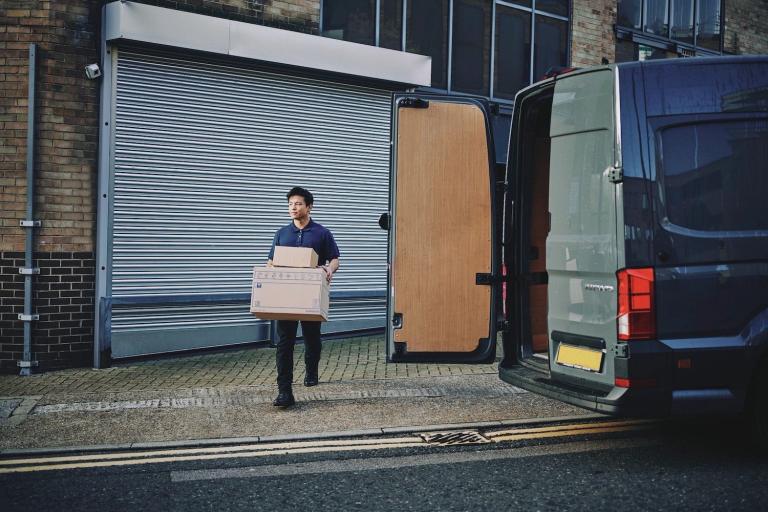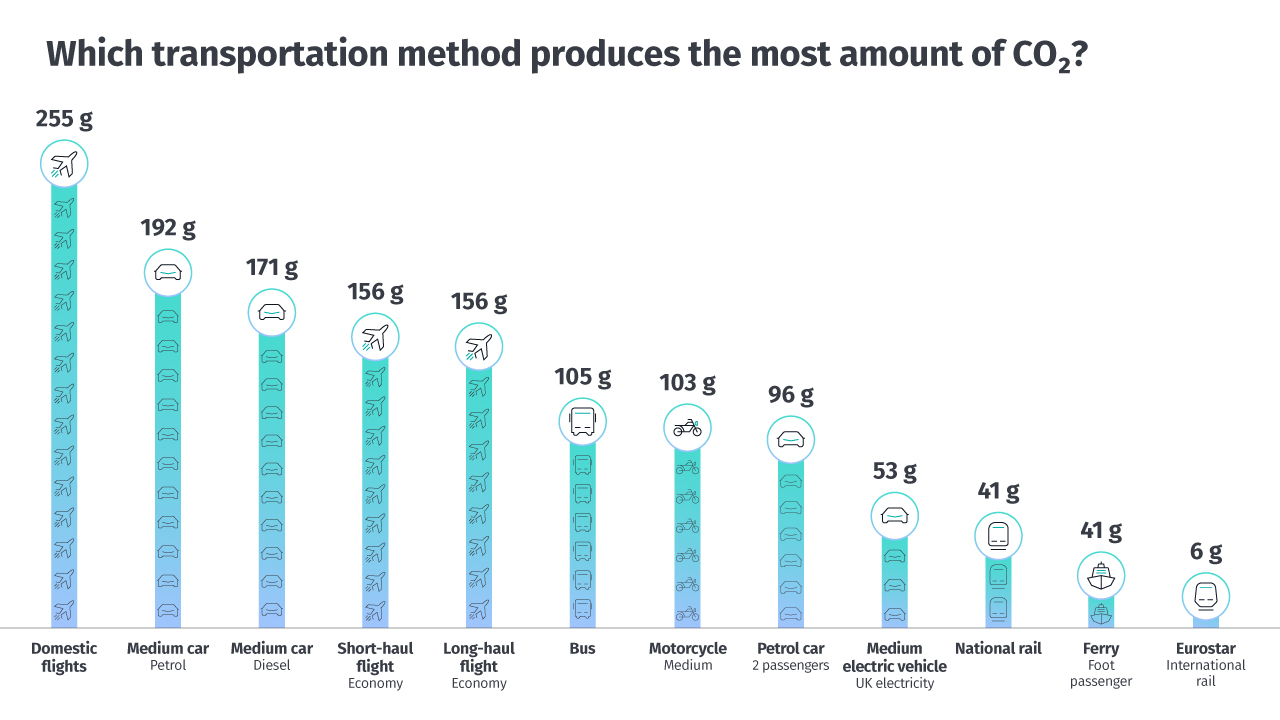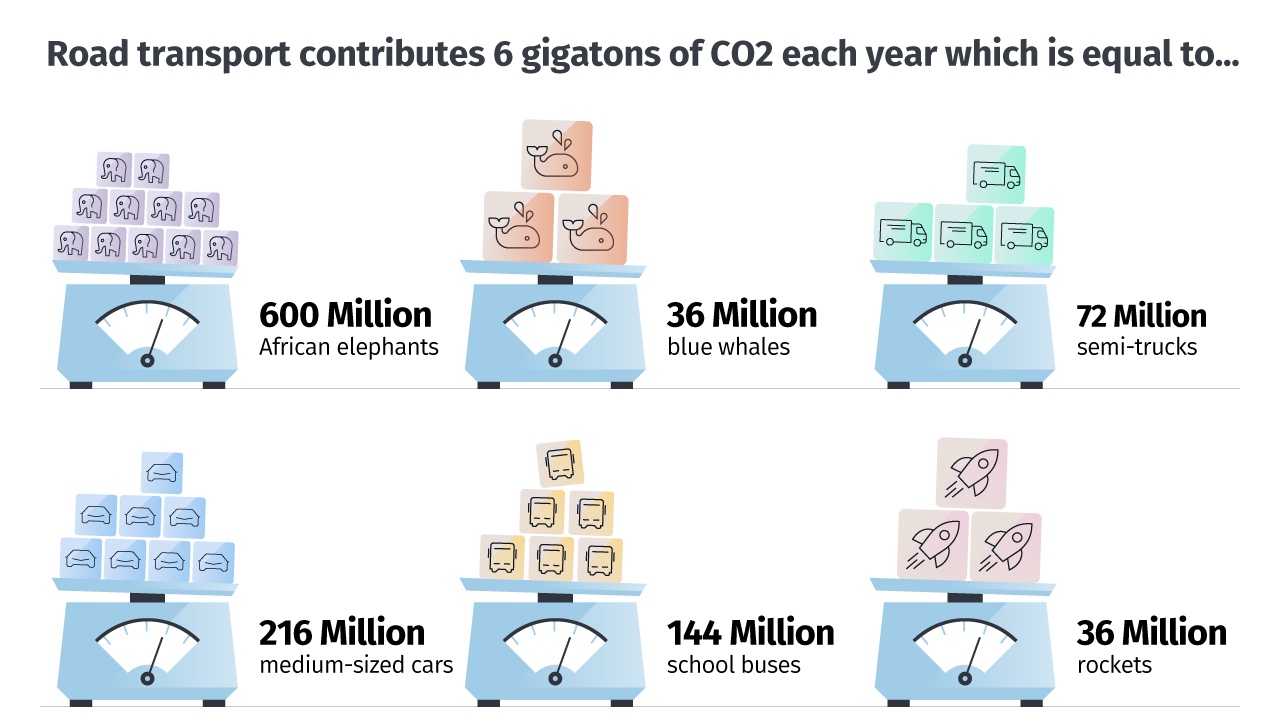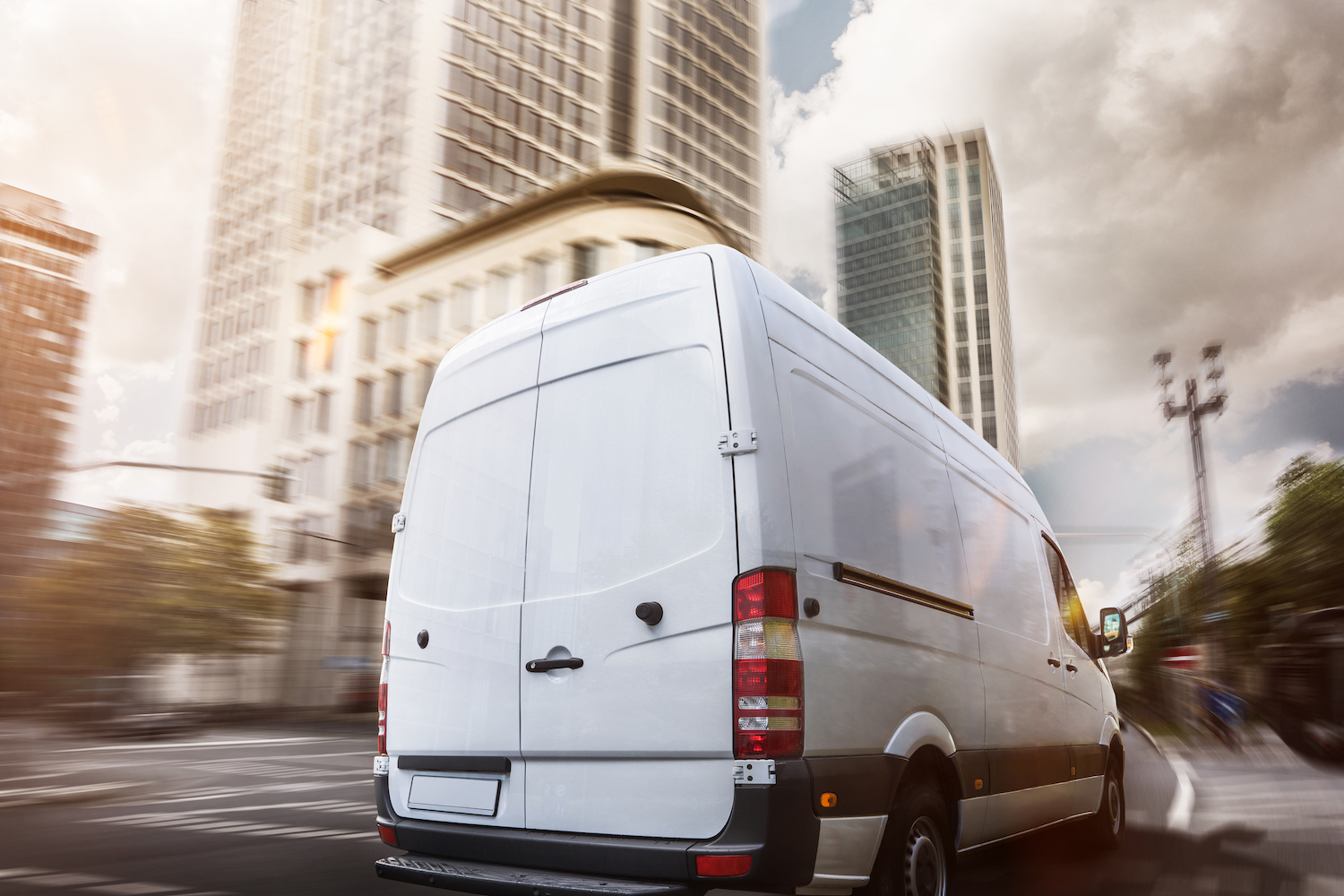eCommerce isn't the environmental disaster you think it is

The pandemic eCommerce boom is here to stay — but what do all these deliveries mean for the environment? Fleets can do their bit to protect it.
If you get more delivered to your home these days than you used to, you are not alone. According to data from Statista, eCommerce in the US will amount to US$469.2 billion in 2021, an increase from US$431.6 billion in 2020.

The vehicles logistics companies and retailers use to get goods to consumers can play a part in reducing CO2 emissions.
The COVID-19 pandemic accelerated an existing trend that shows no signs of abating. Consumer habits have permanently changed with a bias toward online shopping. Earnest Research found the online share of grocery shopping rose to become 15% of US grocery spending during early 2020 and has remained at that level since November 2021.
The convenience of receiving goods to your door is a bonus for consumers, who have come to expect next-day or even same-day delivery. But is all this putting a strain on the environment?
One report found that online shopping has 1.5-2.9 times fewer greenhouse gas emissions compared to in-person shopping. This is primarily related to the land use (physical retail stores, storage, parking lots), as well as consumer car traffic to go to shopping areas. Overall, it has a lower end-to-end CO2 equivalent, according to researchers Oliver Wyman.
However, other studies including a recent one by the World Economic Forum (WEF) found the opposite. Recent WEF research showed that the expected increase in last-mile delivery, in particular, could cause emissions to rise by one-third by 2030. To prevent this, there are steps that fleets can take.

Emissions related to last-mile deliveries are predicted to grow unless the industry tackles them.
WEF identifies 24 measures that can be taken by logistics companies and other players to make deliveries more sustainable. These include the creation of dedicated lanes on highways that can serve as expressways for deliveries only. Creating more micro-hubs and lockers where people can collect their own goods instead of having them delivered to their homes could also mitigate any rise in emissions.
Location technology has a role to play here. Tools such as HERE Last Mile and HERE Routing can help minimize emissions and fuel use as well as help delivery companies and retailers to calculate efficient routes and get more goods out more quickly.

Did you know the transportation sector releases 6 gigatons of CO2 into the air each year?
CO2 Insights is a new tool for understanding current fleet carbon impact and supporting decarbonization initiatives. Developed by Migros in collaboration with Empa, CO2 Insights calculates emissions based on real-world modeling of individual vehicles and drivetrain types, rather than simple average values.
Users upload simple information about the tour: the vehicle and its weight, as well as the address of the origin and destination. HERE Routing automatically determines the roads in between, including their elevation and slope. These variables significantly impact engine performance but are not captured in simpler route estimates.
With this data, Migros's sophisticated models, based on real-world testing of different vehicle and drivetrain types, calculate a detailed view of carbon impact. Over time, these profiles allow fleets to visualize, track and forecast their environmental footprint with enough detail to plan future operations and evaluate new investments.

Getting visibility into emissions generated can help fleets make decisions about which vehicles to use.
“The tool lets you see how many kilograms of CO2 emissions were generated by that trip, but also crucially, what they would be if you were using a different vehicle type, such as an electric vehicle. If you're a fleet, you can look at that and say based on my fleet, based on the kind of deliveries I'm making, maybe I could electrify my fleet and I would save X amount of money and X amount of carbon," said Alex Osaki, Product Marketing Manager at HERE.
The technology might not be there yet for long-haul journeys by electric fleet, but last-mile trips can be well served already by electric vehicles, especially those that are small and nimble in congested urban areas. Key to any decision to invest is visibility into what is viable, and the savings that might be possible, including on fuel costs at times of rising energy prices. “It does come down to a question of visibility," Alex said.
In a recent survey by Atos and HERE, half of all respondents said eco-friendly delivery was important to them. With growing demand from consumers and regulators alike, sustainability is likely to be top of mind for fleet managers for some time to come.
Have your say
Sign up for our newsletter
Why sign up:
- Latest offers and discounts
- Tailored content delivered weekly
- Exclusive events
- One click to unsubscribe


